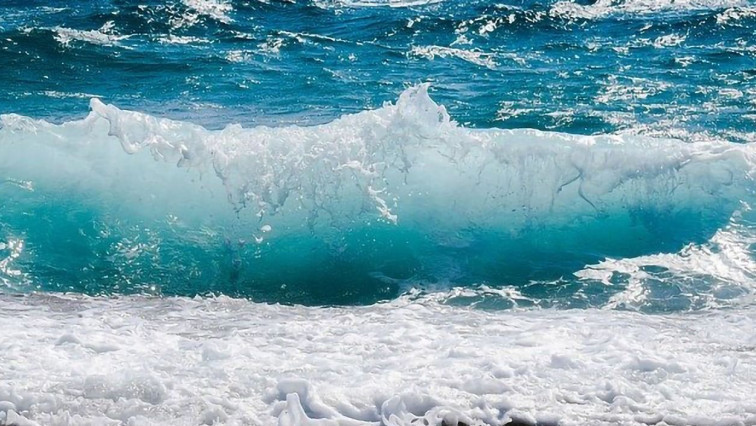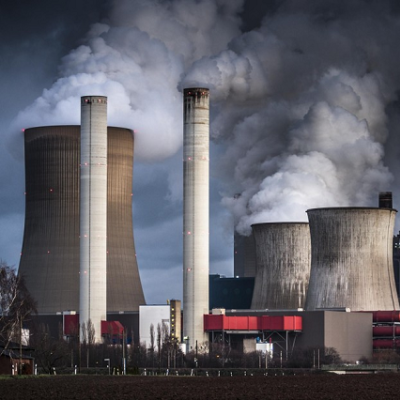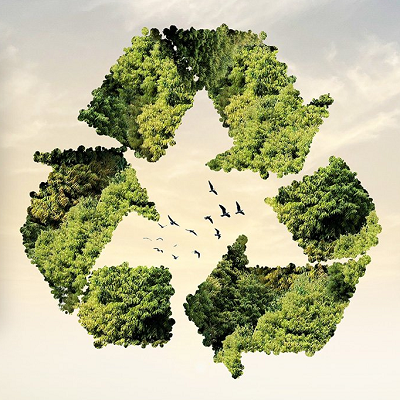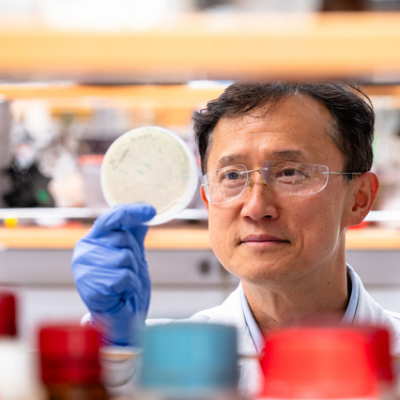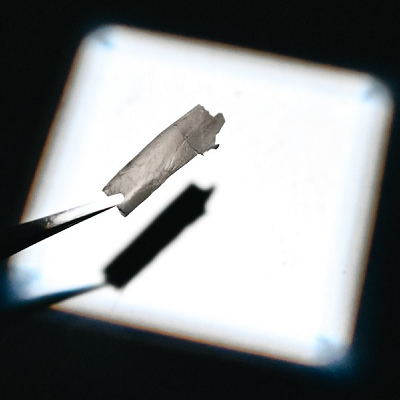Many valuable metals like Au, Ag, Li and U are vital to high technology and modern industry. The terrestrial mineral reserves of these metals are generally very limited or suffer from high mining cost. Although most of these valuable metal ions could be found in the ocean, low-cost and high-efficiency adsorbents are still the key to the development of extracting these metals from seawater.
A research group led by Prof. LI Chaoxu from the Qingdao Institute of Bioenergy and Bioprocess Technology (QIBEBT), Chinese Academy of Sciences (CAS), has revealed that biological nanofibrils could efficiently extract valuable metal elements from water.
Their findings were published in ACS Nano on August 15.
In recent years, the group has carried out a lot of research work on the exfoliation and self-assembly of biological nanofibrils. They found cyanoethyl substitution could enable rapid exfoliation of cyanoethyl cellulose nanofibrils by mild shear (e.g., manual shake and homogenization) within 30 min with a conversion up to ~90%.
Recently, they found that cellulose fibrils were preferentially exfoliated from the lignin-poor layer of secondary cell walls of balsa wood during an in-situ amidoximation process and these fibrils were filled in the wood cell tracheids.
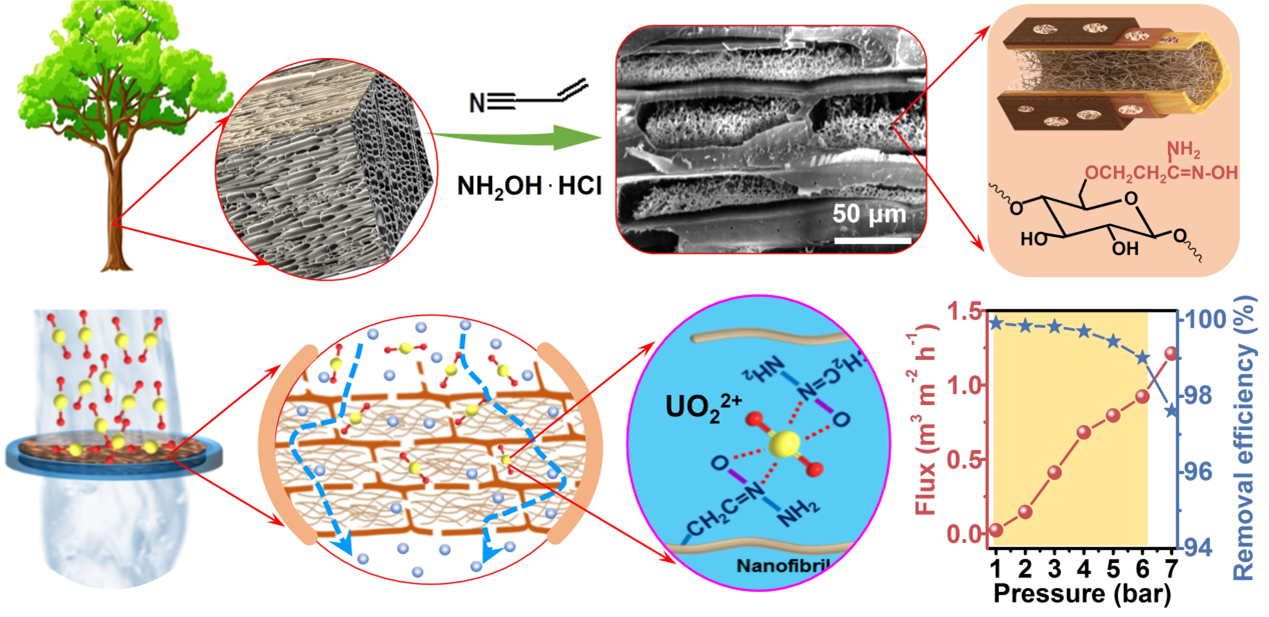
Encapsulating amidoximated nanofibrous aerogels within wood cell tracheids for efficient adsorption of uranium ions through cascading filtration.
When aligning the cell tracheids perpendicular to the flow, the resultant woods could serve as efficient and high-pressure filtration membranes to capture aquatic uranium ions, in analogue to a typical cascading filtration, enabling a rejection ratio >99% and flux ~920 L m-2 h-1 for a 2 mm-thick free-standing membrane under 6 bar pressure.
"This study not only provides an in-situ approach to producing biological nanomaterials, but also offers a sustainable route for high-efficiency extraction of aqueous uranium," said Prof. LI Mingjie, one of the corresponding authors of the study.
In their review published in Exploration on July 11, they reported that functional groups (e.g., carboxyl, amino, phosphonate and hydroxy) of biological nanofibrils enabled chemical reduction and capture of noble metal ions (e.g., Au, Ag and Pt) from water, providing a green and sustainable route for noble metals recovery.
Read the original article on Chinese Academy of Sciences (CAS).

